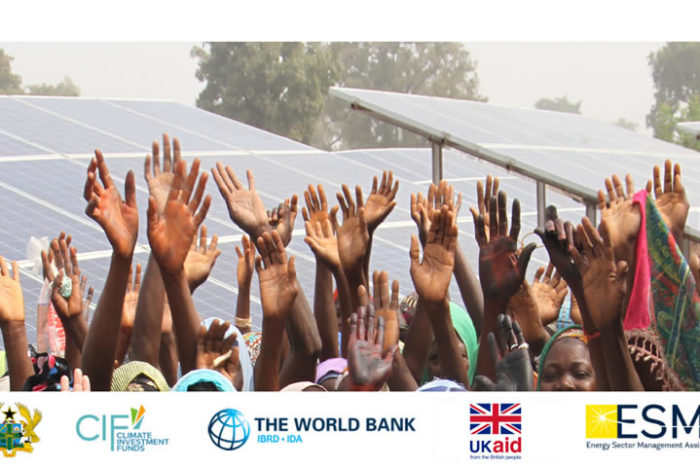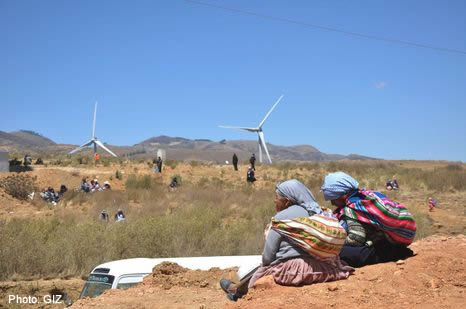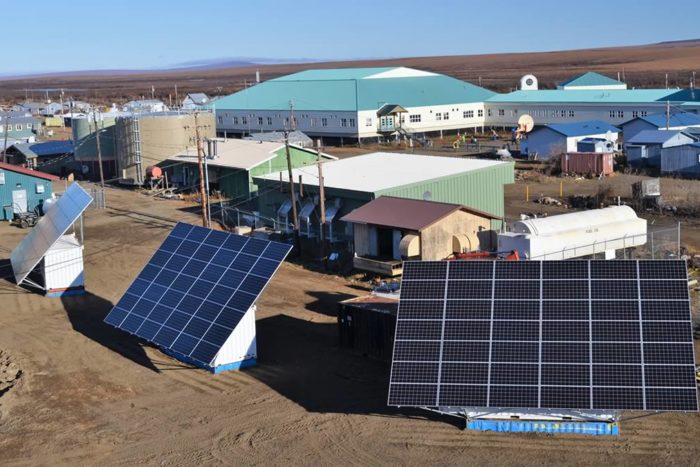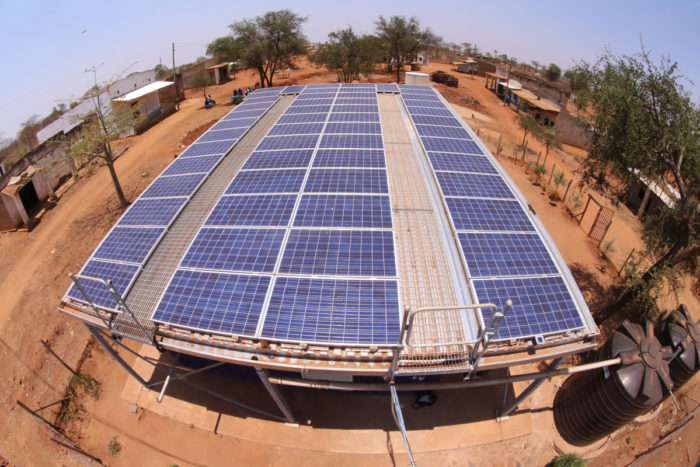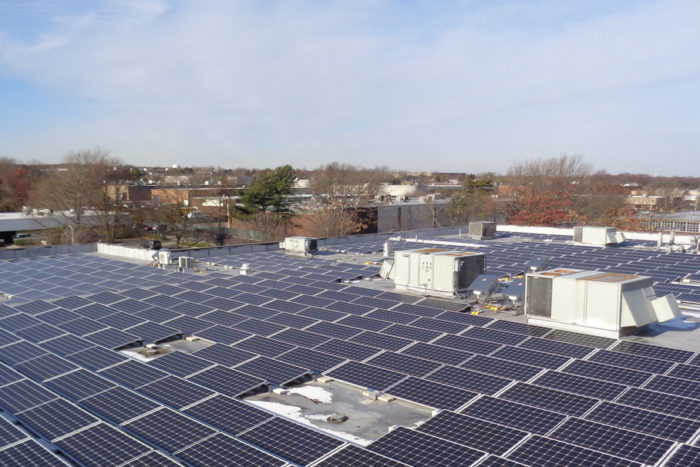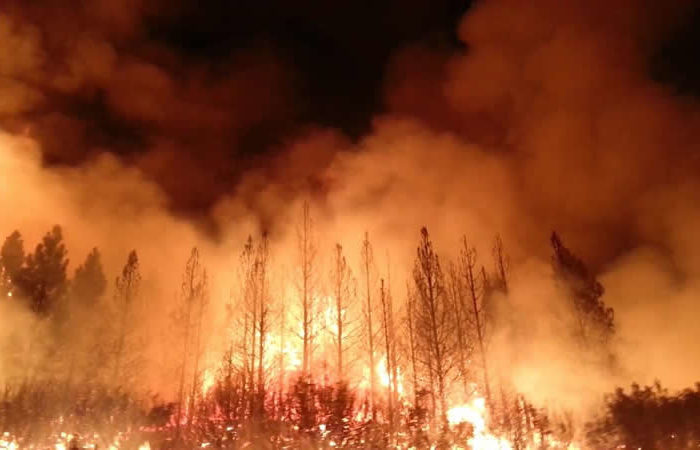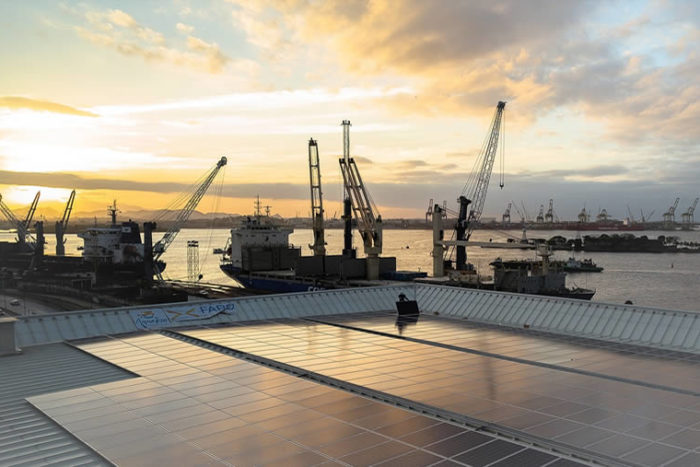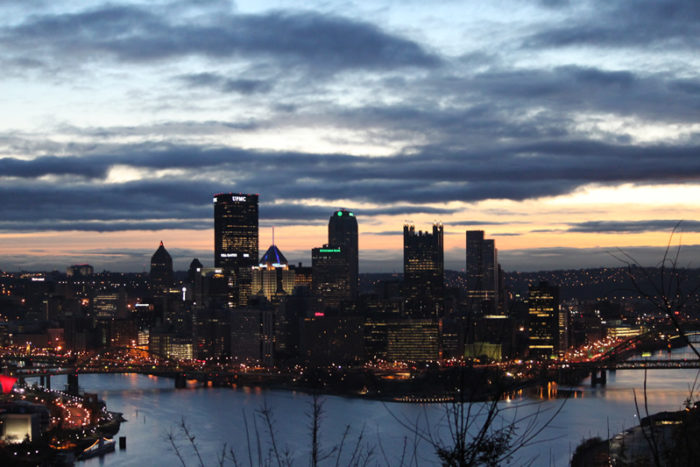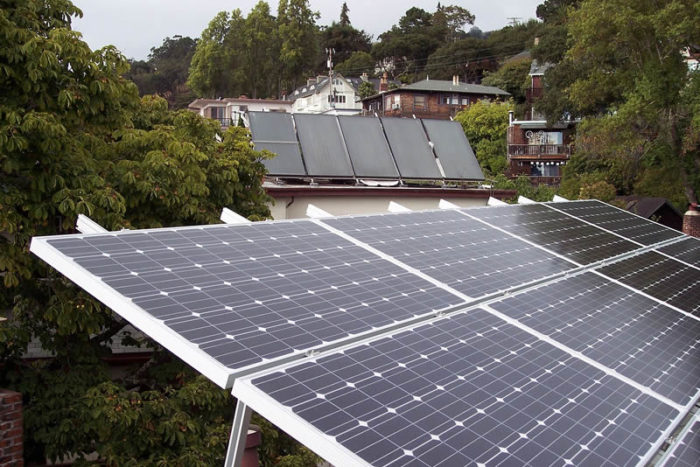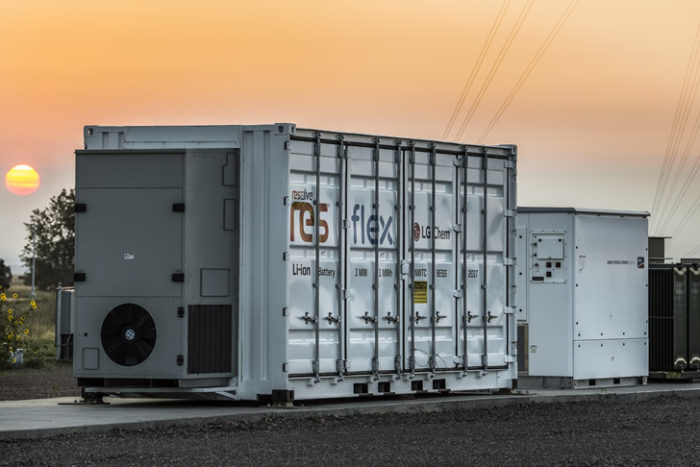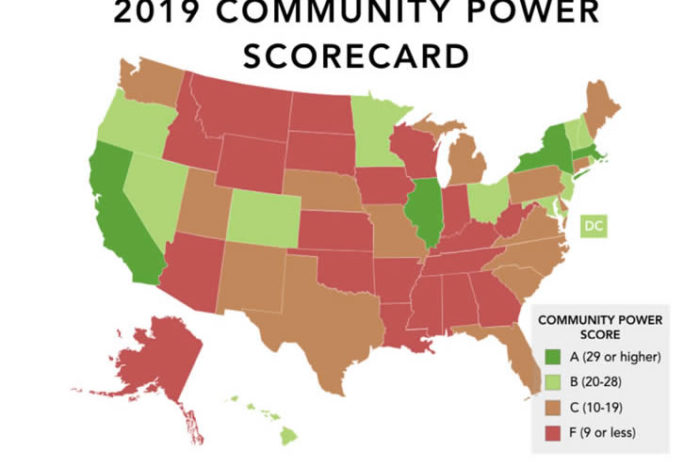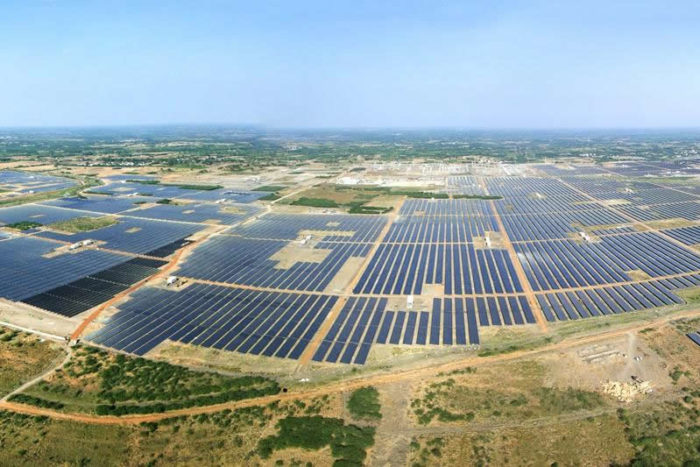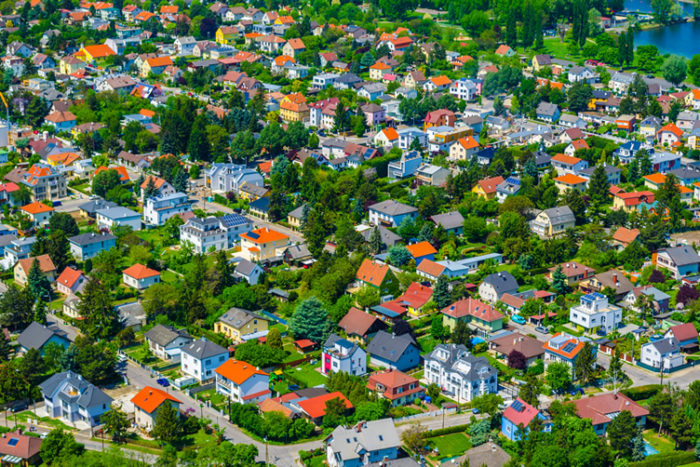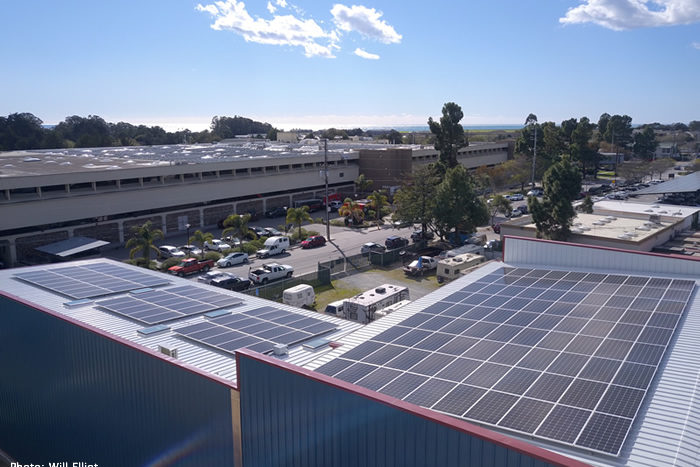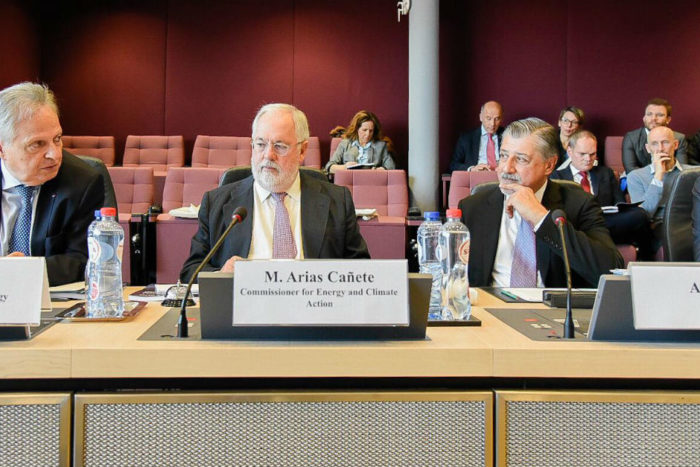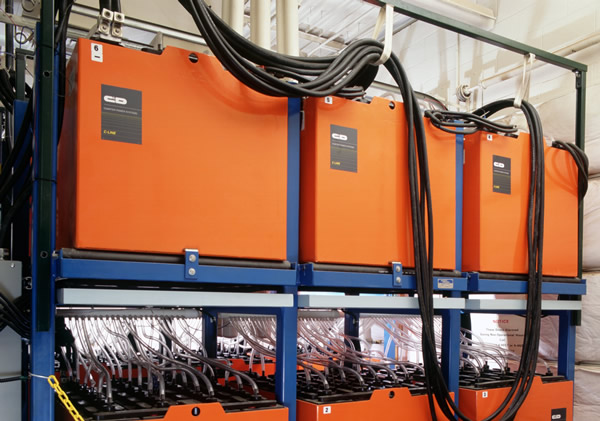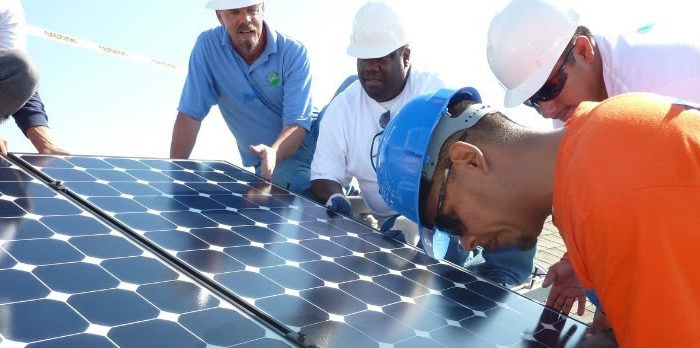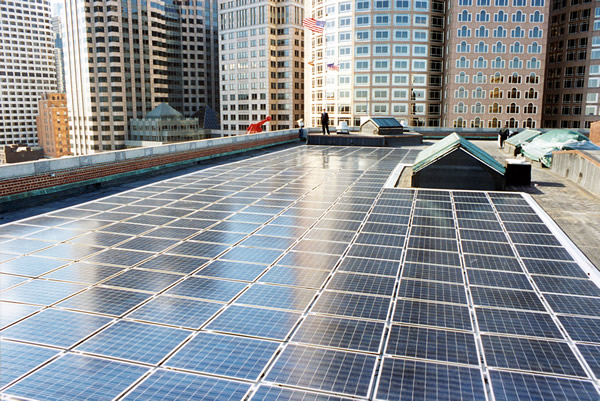HOMER Energy CEO and co-founder Dr. Peter Lilienthal has just returned from a trip to Ghana where he was invited to speak at the World Bank conference in […]
BLOG
Bolivia Embarks on Microgrid Strategy as Part of Universal Energy Access Goal
The Bolivian government has launched an ambitious plan to diversify its national energy portfolio and improve energy access for populations living in rural areas. That plan involves investments in renewable energy and microgrids, for which HOMER Energy is providing training:
Container Microgrids: Lowering Costs Through Modular Design and Streamlined Engineering
In the ongoing effort to lower the cost of microgrid deployment, one concept that continues to evolve is that of the modular microgrid, best expressed in a system that can fit inside a single shipping container. It’s not a new idea. What is relatively new is a complete, stand-alone hybrid renewable energy system, such as the ones designed by BoxPower and Arizona State University:
Mini grids can deliver electricity to half a billion people
The World Bank has issued a new study on the potential of microgrids / mini grids to provide energy access to 500,000 people who still live without electricity. The report says that mini grids can complement extensions of the traditional grid system as well as the deployment of solar home systems in remote areas.
Demand response – coming soon to HOMER Grid
Demand response programs are evolving to meet new kinds of load management challenges that utilities are facing. The evolution of distributed renewable energy resources is prompting more utilities to implement demand response programs. As a result, HOMER Energy is upgrading HOMER Grid, our primary tool for designing behind-the-meter distributed energy systems, to include financial modeling of demand response:
Falling Renewable Power Costs Open Door to Greater Climate Ambition
Over three-quarters of the onshore wind and four-fifths of the solar PV capacity that is due to be commissioned next year will produce power at lower prices than the cheapest new coal, oil or natural gas options, according to the International Renewable Energy Agency (IRENA). That makes renewable energy the least-cost climate solution, IRENA says, and prices will continue to fall into the next decade:
Webinar: Getting the Most Out of Your HOMER Results
Join HOMER Energy Product Manager, Steffi Klawiter, and Associate Product Manager, Aarabi Madhavan for a free educational webinar on May 23rd, 2019 at 8:00 AM MDT to walk you through understanding and finding the most valuable HOMER results for a distributed generation renewable energy system.
California Utilities Plan Shutoffs to Forestall 2019 Fire Disasters
Reeling from several years of catastrophic wildfires and the financial losses that are looming in their wake, California utilities have a new strategy for dealing with fire risk: shutting off the electricity. The plan targets populations in high-risk fire zones – which include much of the state – and creates worrisome risk for vulnerable populations. MIcrogrids would improve resilience and soften the blow of power cuts.
Learning from Western Australia: A geography made for microgrids
With its massive land area, thinly scattered population and resource-based economy, Western Australia has always been challenged to maintain an electric grid that covers long distances under harsh environmental conditions. Utilities are discovering that hybrid renewable microgrids can be cheaper than the upkeep on such a sprawling electrical empire, and the state’s government is listening:
Webinar: Multi-Year Modeling Capability in HOMER Pro and HOMER Grid
The HOMER modeling approach requires only a single year of data for all time-series variables. HOMER Pro allows users to input multi-year data in order to model the impacts of explicit changes. Multi-year modeling is now also available in the HOMER Grid core product. Watch the full educational webinar here.
Locating Pittsburgh Microgrids for Climate Resilience and Calculating their Value
A University of Pittsburgh economist who specializes in analyzing the financial risk of climate impacts is working on calculating the value of microgrids to help provide greater resilience in cities. She’s using spacial techniques to determine where microgrids should be located to provide maximum service, and she’s using HOMER Pro calculate a cost-benefit analysis:
IRENA Press Release: Innovation paves way for next stage of global energy transformation
The International Renewable Energy Agency (IRENA) says that meeting Paris Agreement goals will require an 85% share of renewable energy in electricity generation by 2050. That requires integration of variable renewable resources. A new guide to energy innovation is intended to help governments meet those goals:
Drastically Falling Costs for Batteries Challenge Fossil-fuel Generation
Bloomberg New Energy Finance (BNEF) is reporting that the benchmark cost for lithium-ion batteries has fallen 35% since the first half of 2018. This trend continues significant cost declines for batteries which, when combined with renewable resources, are challenging the role of coal and gas.
2019 Community Power Scorecard
The Institute for Local Self-Reliance has released its “Community Power Scorecard,” an assessment of state policies that encourage clean local energy development. The top ranking states, in order, are Massachusetts, California, New York and Illinois. Not surprisingly, these same states are also moving ahead rapidly with other renewable energy initiatives including storage incentives and policies that facilitate the development of microgrids.
India’s Microgrid Market: Ready for Takeoff
India is a leader in renewable energy among developing countries and recently completed the world’s largest solar park. But beyond utility-scale installations, India is also working on a plan to build 10,000 microgrids to deliver energy access to the millions of people who still don’t have it. It’s no surprise that – of over 190 countries – India is also HOMER Energy’s second largest user base:
Santa Cruz Solar Company Moves Off the Grid, Using HOMER Pro to Design New Microgrid
Sandbar Solar, a Northern California solar developer, has unveiled a new microgrid to power their newly constructed corporate headquarters in the middle of the city of Santa Cruz. The islanded, off-grid electricity system was modeled using HOMER Pro.
Navigant Report: Blockchain Establishes Secure Foundation for Distributed Energy
A new Navigant report concludes that blockchain technology will play an important role in the management and improved security of distributed energy. Characterized by decentralization, a growing number of diverse, interconnected resources, and the increasing use of digital technologies, distributed energy needs a framework for improved cyber security at both the network and device level, says Navigant Research.
Innovation Solutions Pave the Way for the Next Stage of Our Global Energy Transformation
According to a new IRENA report, innovative solutions are accelerating low-cost renewables in the power sector, providing countries with tools to benefit from the scale-up of renewable energy. […]
Improving Energy Access in Rural Africa Depends on Renewable Energy Microgrids
African countries are making rapid progress in adopting renewable energy and in fact, it is developing countries that are now leading the global transition to clean energy. However, energy access in Africa is still a huge problem for two thirds of the population, mostly for people who live in rural areas. The good news is that renewable energy microgrids are the fastest, most cost-effective path to electrification. That’s why several African countries have ambitious plans to expand microgrid investment
Using HOMER Grid to Calculate Financial Incentives for Storage and Peak Demand Reduction
Understanding the financial benefits of solar+storage for commercial utility customers is a complex task, especially when calculating incentives that vary widely from state to state. In this story we present a New England case where HOMER Grid was used to solve this complex problem:
Will Forward-Thinking Energy Companies Pivot from Fossil Fuel Generation to Renewables?
Predicting when global economies will reach peak oil demand is a constant debate within the industry. Originally reported to be sometime during the 2030’s, new data suggests that […]
Sign Up for the HOMER Software Microgrid News Monthly Newsletter
Learn about microgrid and distributed energy design and technology, finance and policy initiatives all over the world. Microgrid technology is exploding in popularity as our energy systems make the transformation to clean distributed power. Read about successful hybrid renewable energy and microgrid projects, how they were built, how they operate and who benefits.
New revenue streams for Massachusetts energy storage investors
Massachusetts lawmakers have given an important boost to energy storage by approving storage as a legitimate part of solar+storage net metering programs in the state, according to PV […]
Solar Power World Reviews HOMER Grid
Software solutions such as HOMER Grid can help energy developers illustrate the value of storage and other renewable energy investments to their customers. That’s according to a recent […]

